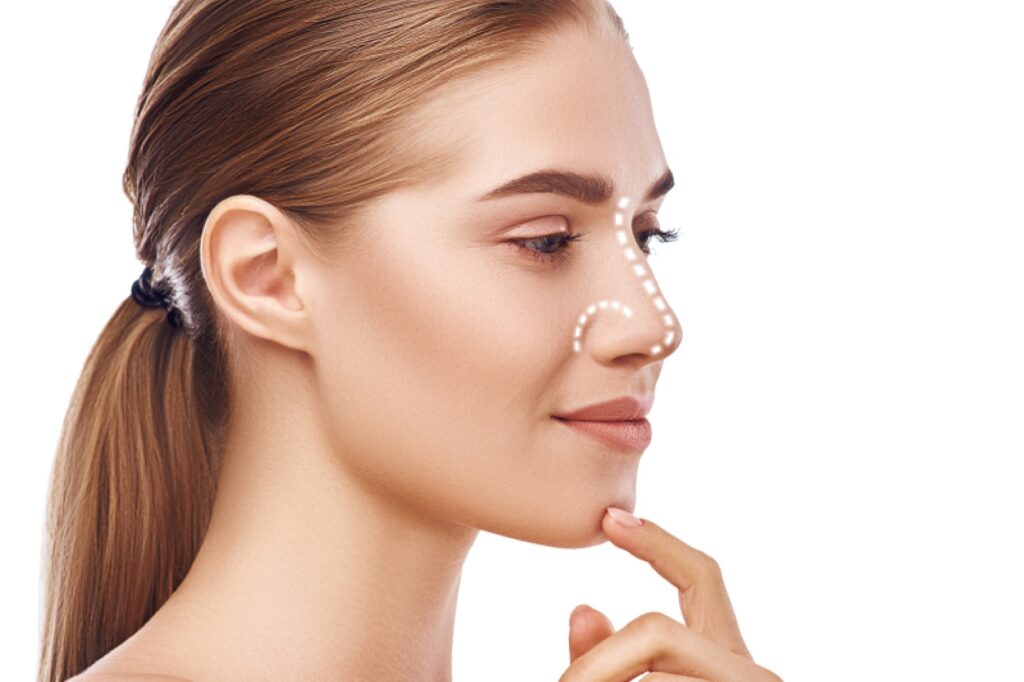What is Rhinoplasty?

Rhinoplasty, also known as “nose job” is a surgical procedure to re-shape the nose by reducing or increasing the size of the nose and to improve its appearance. Using special technique developed by Dr Jag for Asian features, the procedure aims to define the tip of the nose and raise it to fit the overall face.
Surgical Procedure

Consultation
Schedule a consultation with Dr Jag to understand about the surgery and undergo a thorough check-up

3D ultra-sound diagnosis
A diagnosis will be carried before the surgery to get an accurate analysis of your body condition

Schedule surgery date
Before the surgery, you will need to do a full medical check up and Covid-19 test.
Our nurse will schedule the surgery date for you according to your preferred date. Make sure to follow the guidelines before the surgery day.

Post-surgery
You will receive care guidelines to prompt fast recovery and be scheduled for the next follow-up. You will be required to wear a breastband for at least 8 weeks.
The benefits that you can enjoy from rhinoplasty depend on your reasons for having the procedure done: Nose surgery can achieve cosmetic or functional goals.
When patients undergo rhinoplasty for cosmetic reasons, they do so to improve the appearance of their nose, and in relation to the rest of their face. Plastic surgeons are typically able to do any of the following things improve the nose’s appearance and symmetry:
- Reshape the tip of your nose
- Smooth and modify the bridge of your nose
- Increase or decrease overall nose size
- Modify the shape and size of your nostrils
When patients opt for functional rhinoplasty it is a medically necessary addition to sinus surgery or septoplasty in order to help a patient breathe correctly. These patients report better, more comfortable breathing as a result of their surgery.
The procedure usually involves incisions made inside the nostrils. It may entails removing the hump, changing the shape of the tip or bridge of the nose or narrowing the width of the nostrils. After the operation, the treated areas are bandaged and a splint is put on to compress the skin onto the deeper tissues. This helps prevent fluid collections and to ensure an even contour of the skin. This has to be applied for at least 1 week. The procedure takes about 1 to 2 hours. You need to stay only 1 night at the hospital or it can be performed as a Day Care under local anaesthesia (with or without sedation).
Complications are usually minor and infrequent. You can expect to have bruising and swelling particularly around the eyes which will take about 3 weeks to settle. The numbness may occur and will disappear slowly during the next few months. There is always a possibility of infection or a reaction to the anesthesia. Slight bleeding and drainage of mucus and old blood are common for a few days after the surgery or after removing the dressing.
